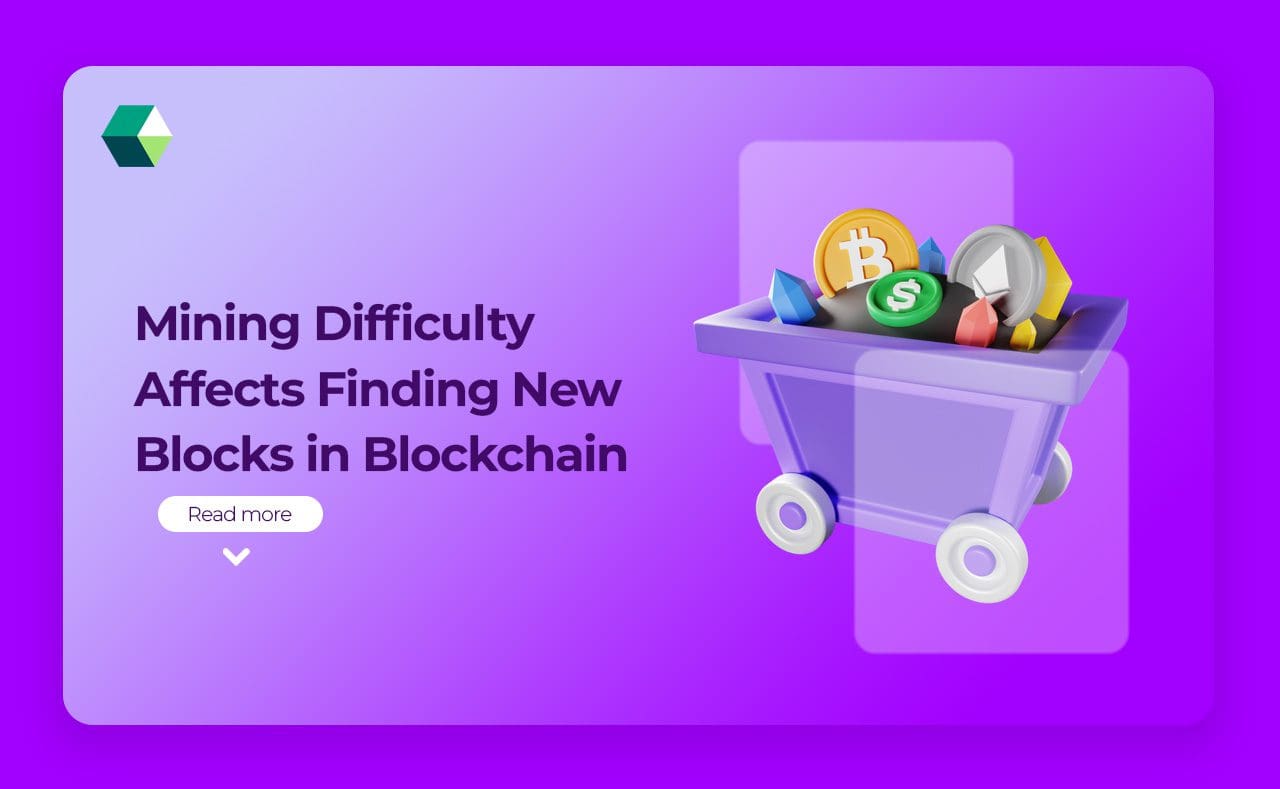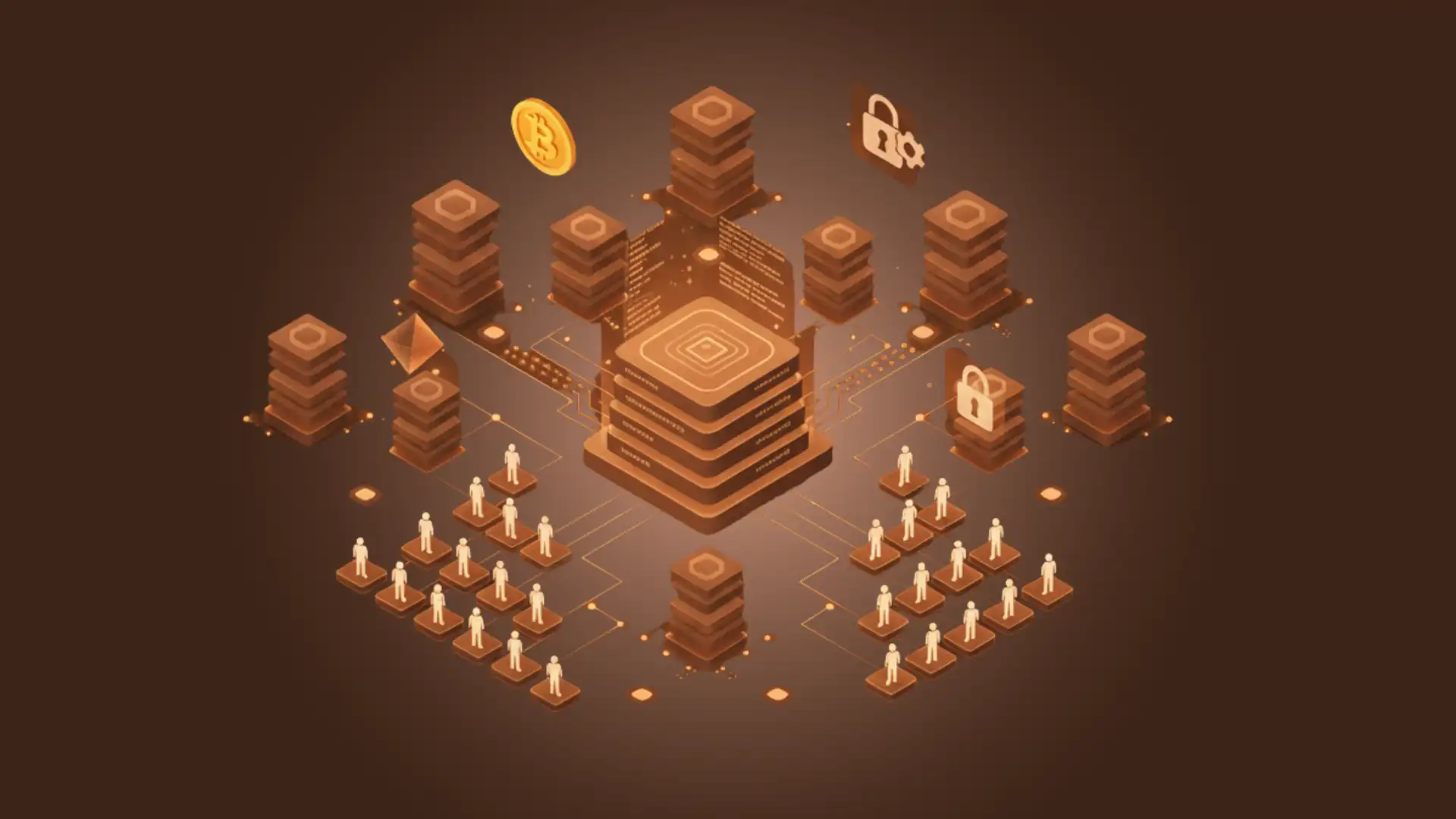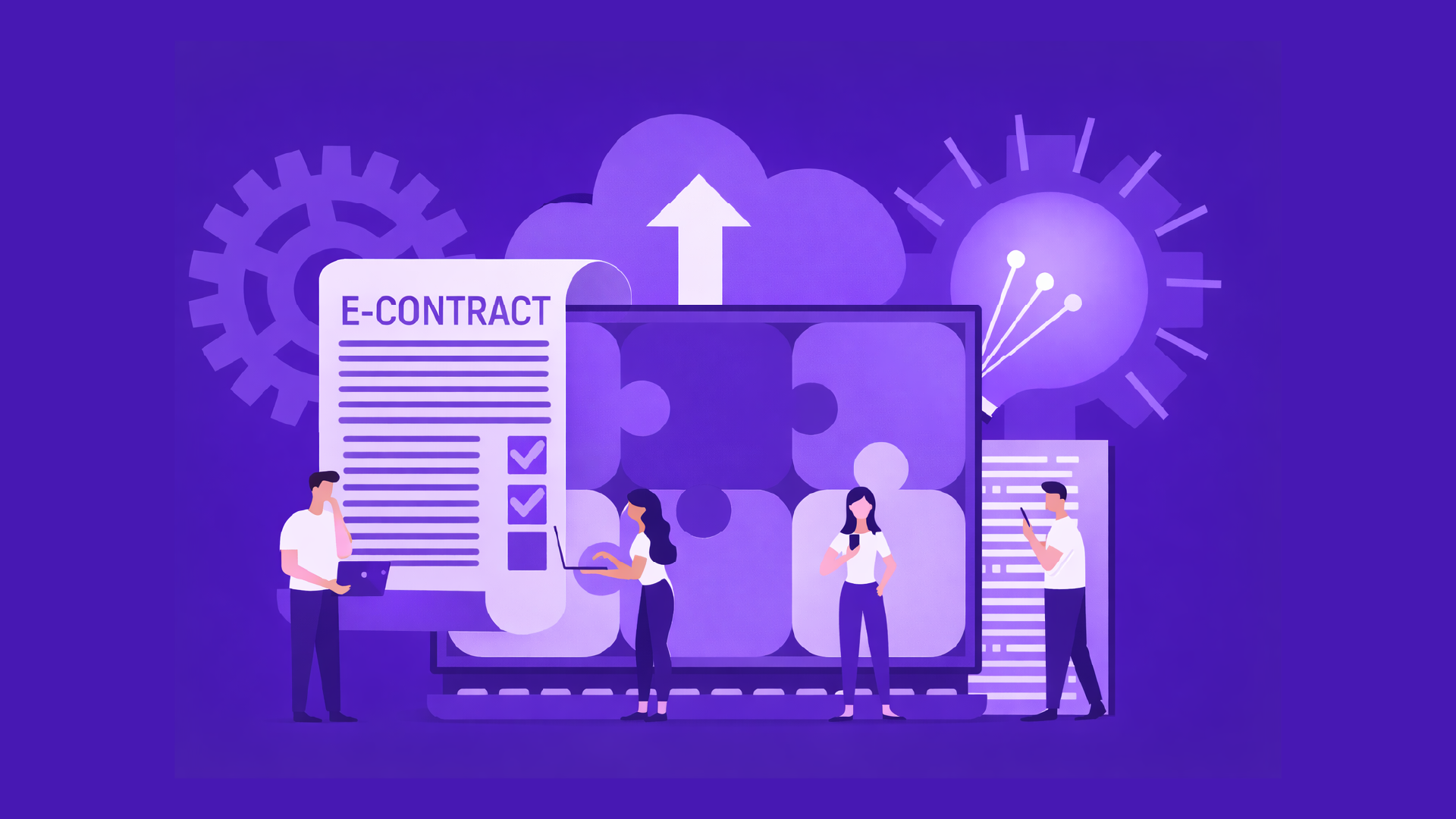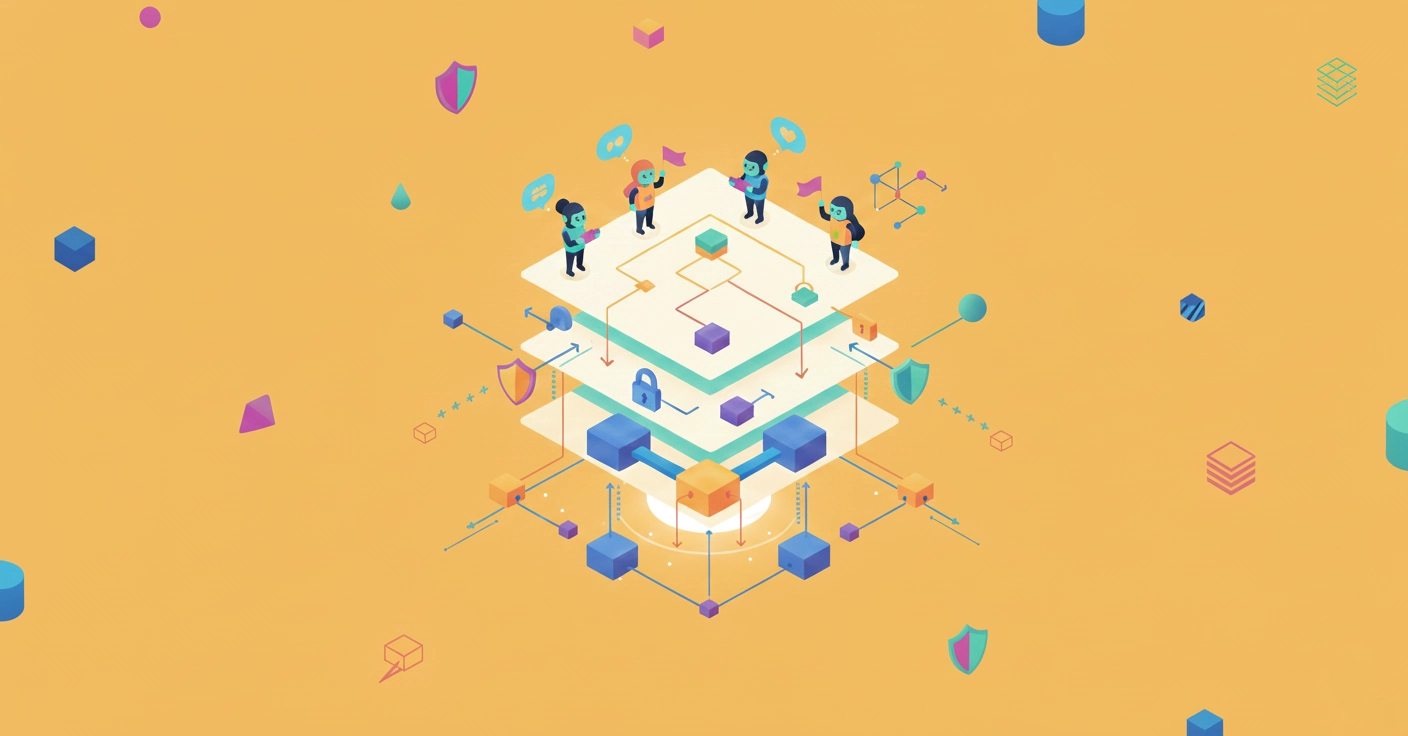Mining difficulty plays a crucial role in how new blocks are discovered in a Blockchain Network. It determines the complexity of the cryptographic puzzles that miners must solve to add a block to the chain. When mining difficulty is high, these puzzles become more challenging, requiring more computational power and time to solve. This adjustment is essential for maintaining a consistent rate of block creation and ensuring network stability. Conversely, if the difficulty is too low, blocks could be mined too quickly, potentially leading to network congestion and security issues.
By dynamically adjusting the difficulty, blockchain networks can keep block times steady, which helps manage transaction speeds and maintain the integrity of the system. For miners, this means they must continually adapt to changing conditions, balancing their resources and technology to stay competitive and efficient in the ever-evolving landscape of blockchain mining.
For Nadcab Labs, mining difficulty directly affects their blockchain operations and overall efficiency. As a company engaged in blockchain technology, Nadcab Labs must adapt to the challenges posed by fluctuating difficulty levels. When mining difficulty rises, it requires greater computational power and resources, which may lead to increased operational costs and slower transaction processing. This, in turn, can influence the effectiveness of the decentralized applications and smart contracts they build and deploy.
On the other hand, a drop in mining difficulty allows for faster block creation and reduced expenses, yet it may introduce security vulnerabilities, exposing the network to potential threats. Nadcab Labs continuously monitors these shifts to adjust their strategies, ensuring their blockchain solutions remain cost-effective, secure, and efficient. By maintaining a careful balance between performance and protection, t
Mining difficulty is a key concept in blockchain technology that determines how challenging it is to discover a new block on a network. Essentially, it measures the complexity of the cryptographic puzzles miners must solve to add a new block to the blockchain. As more miners join the network and compete for rewards, mining difficulty adjusts to maintain a steady rate of block production. This dynamic adjustment ensures that new blocks are created at a predictable pace, keeping the blockchain secure and stable. By understanding mining difficulty, users can gain insight into how blockchain networks maintain balance and integrity while supporting decentralized transactions.
What is the Difficulty in Mining in Blockchain?
Mining difficulty in blockchain is a measure of how challenging it is to solve the mathematical puzzles required to find a new block and add it to the blockchain. Think of it as a test that miners must pass to earn rewards. When more miners join the network, the competition intensifies, leading to an increase in difficulty to ensure that blocks are added at a steady rate.
Conversely, if fewer miners are active, the difficulty decreases to maintain balance. This dynamic adjustment is crucial for keeping the blockchain secure and operational, as it prevents any single miner or group from dominating the network. By adjusting the difficulty, Blockchain Development Services can maintain consistent transaction times and safeguard the integrity of the system, ensuring that it remains decentralized and robust.
How Is Block Time Measured in Blockchain Network?
-
Timestamps
Each block in a blockchain has a timestamp indicating the exact time it was created. By comparing the timestamps of consecutive blocks, you can measure the time interval between them. This interval is used to calculate the average block time, giving insights into how frequently new blocks are added to the blockchain.
-
Consensus Rules
Block time is influenced by the rules set by the blockchain’s consensus mechanism. For instance, Bitcoin’s protocol targets a block time of 10 minutes, while Ethereum’s protocol aims for around 15 seconds. These rules dictate how often new blocks should be generated to maintain network stability and performance.
-
Difficulty Adjustment
To ensure a consistent Block Time, many blockchains adjust the difficulty of mining puzzles based on the current block generation rate. If blocks are being mined too quickly or too slowly, the network automatically changes the difficulty level to stabilize the average block time. This mechanism helps prevent drastic fluctuations in block production speed.
-
Network Monitoring
Blockchain Networks utilize various monitoring tools and software to track block times in real-time. These tools provide data on the time it takes for new blocks to be added, helping network participants understand current performance and make necessary adjustments.
-
Transaction Processing
The block time directly impacts transaction processing speeds. Shorter block times generally allow for quicker confirmation of transactions and higher throughput. This is crucial for applications that require rapid transaction processing, such as financial services and decentralized applications (dApps).
-
Block Size and Complexity
The size of each block and the complexity of the data it contains can also affect block time. Larger blocks with more transactions or complex data can take longer to process and validate, potentially extending block time.
-
Network Load and Congestion
High network activity and congestion can influence block time. During periods of heavy usage, block times may increase as miners take longer to solve cryptographic puzzles and add new blocks. This can lead to delays in transaction confirmations and longer wait times for users.
Is Bitcoin Mining Difficulty Increasing?
Yes, Bitcoin Mining Difficulty is indeed increasing over time. This is a natural result of the network’s design to maintain a consistent block creation rate. As more miners join the network and compete for rewards, the complexity of the cryptographic puzzles required to mine new blocks adjusts upwards. This adjustment ensures that new blocks are added roughly every 10 minutes, regardless of the number of miners or their combined hashing power. The increasing difficulty reflects the growing competitiveness and sophistication of mining operations, as well as advancements in mining technology.
While this upward trend helps secure the network and prevent rapid block production, it also means that mining becomes more resource-intensive and costly. For many miners, staying profitable requires constant updates to their hardware and strategies, highlighting the ongoing evolution of the Bitcoin mining landscape. Additionally, innovations in Layer 2 Blockchain Development are playing a critical role in addressing the scalability challenges posed by increasing mining difficulty, helping to optimize transactions and reduce the load on the primary blockchain network.
Mining Difficulty Affects Finding New Blocks in Blockchain
Mining difficulty plays a crucial role in how new blocks are discovered in a Blockchain Network. It determines the complexity of the cryptographic puzzles that miners must solve to add a block to the chain. When mining difficulty is high, these puzzles become more challenging, requiring more computational power and time to solve. This adjustment is essential for maintaining a consistent rate of block creation and ensuring network stability. Conversely, if the difficulty is too low, blocks could be mined too quickly, potentially leading to network congestion and security issues.
By dynamically adjusting the difficulty, blockchain networks can keep block times steady, which helps manage transaction speeds and maintain the integrity of the system. For miners, this means they must continually adapt to changing conditions, balancing their resources and technology to stay competitive and efficient in the ever-evolving landscape of blockchain mining.
Why Is Mining Algorithms Important for Blockchain Networks?
Mining algorithms are crucial for the health and functionality of blockchain networks because they underpin security, decentralization, and stability. These algorithms require miners to solve complex cryptographic puzzles, which protects the network from malicious attacks and fraudulent activities by making it extremely challenging to alter the blockchain’s data. They also facilitate consensus among network participants, ensuring that all nodes agree on the validity of transactions and the blocks added to the chain. This decentralized validation process prevents any single entity from exerting control over the network.
Furthermore, mining algorithms dynamically adjust the difficulty of the puzzles to keep the block production rate steady, ensuring that transactions are processed efficiently and without significant delays. By doing so, they maintain network stability and operational smoothness. Additionally, these algorithms provide economic incentives for miners by rewarding them with cryptocurrency for their computational efforts, which drives continued participation and investment in the network’s infrastructure. Overall, mining algorithms are fundamental to the integrity and growth of blockchain networks, shaping their operation and evolution.
Does Mining Difficulty Matter in Blockchain Development Company?
Yes, mining difficulty is very important for Blockchain Development Company. It determines how hard it is to find a new block and add it to the blockchain. If the difficulty is too high, it takes more time and resources to mine new blocks, which can make transitions slower and more expensive. On the other hand, if the difficulty is too low, the blockchain might be at risk of attacks and data manipulation. For developers, managing mining difficulty is crucial because it helps keep the network secure, ensures transactions are processed efficiently, and balances the costs of running mining operations. By adjusting mining difficulty, companies can create a stable and reliable blockchain network that supports smooth and secure transactions.
What Happens When Network Difficulty Goes Up or Down?
Difficulty Goes Up:
-
Increased Computational Power
As difficulty rises, miners need more computational resources to solve cryptographic puzzles and find new blocks. This can lead to higher costs for mining operations.
-
Slower Block Creation
Higher difficulty means that it takes longer to mine a new block. This can slow down the rate at which transactions are processed and confirmed.
-
Enhanced Security
Increased difficulty enhances network security by making it more challenging for malicious actors to alter the blockchain or launch attacks.
Difficulty Goes Down:
-
Reduced Computational Power
Lower difficulty requires less computational power to mine new blocks, making it easier and cheaper for miners to participate.
-
Faster Block Creation
With decreased difficulty, blocks are mined more quickly, which can lead to faster transaction confirmations and improved network performance.
-
Potential Security Risks
While lower difficulty makes mining more accessible, it can also reduce the network’s security, as it becomes easier for attackers to manipulate the blockchain or execute fraudulent transactions.
How Does Mining Difficulty Affect Nadcab Labs?
For Nadcab Labs, mining difficulty directly affects their blockchain operations and overall efficiency. As a company engaged in blockchain technology, Nadcab Labs must adapt to the challenges posed by fluctuating difficulty levels. When mining difficulty rises, it requires greater computational power and resources, which may lead to increased operational costs and slower transaction processing. This, in turn, can influence the effectiveness of the decentralized applications and smart contracts they build and deploy.
On the other hand, a drop in mining difficulty allows for faster block creation and reduced expenses, yet it may introduce security vulnerabilities, exposing the network to potential threats. Nadcab Labs continuously monitors these shifts to adjust their strategies, ensuring their blockchain solutions remain cost-effective, secure, and efficient. By maintaining a careful balance between performance and protection, they support cutting-edge innovation and sustain a strong technological foundation across all their projects.







